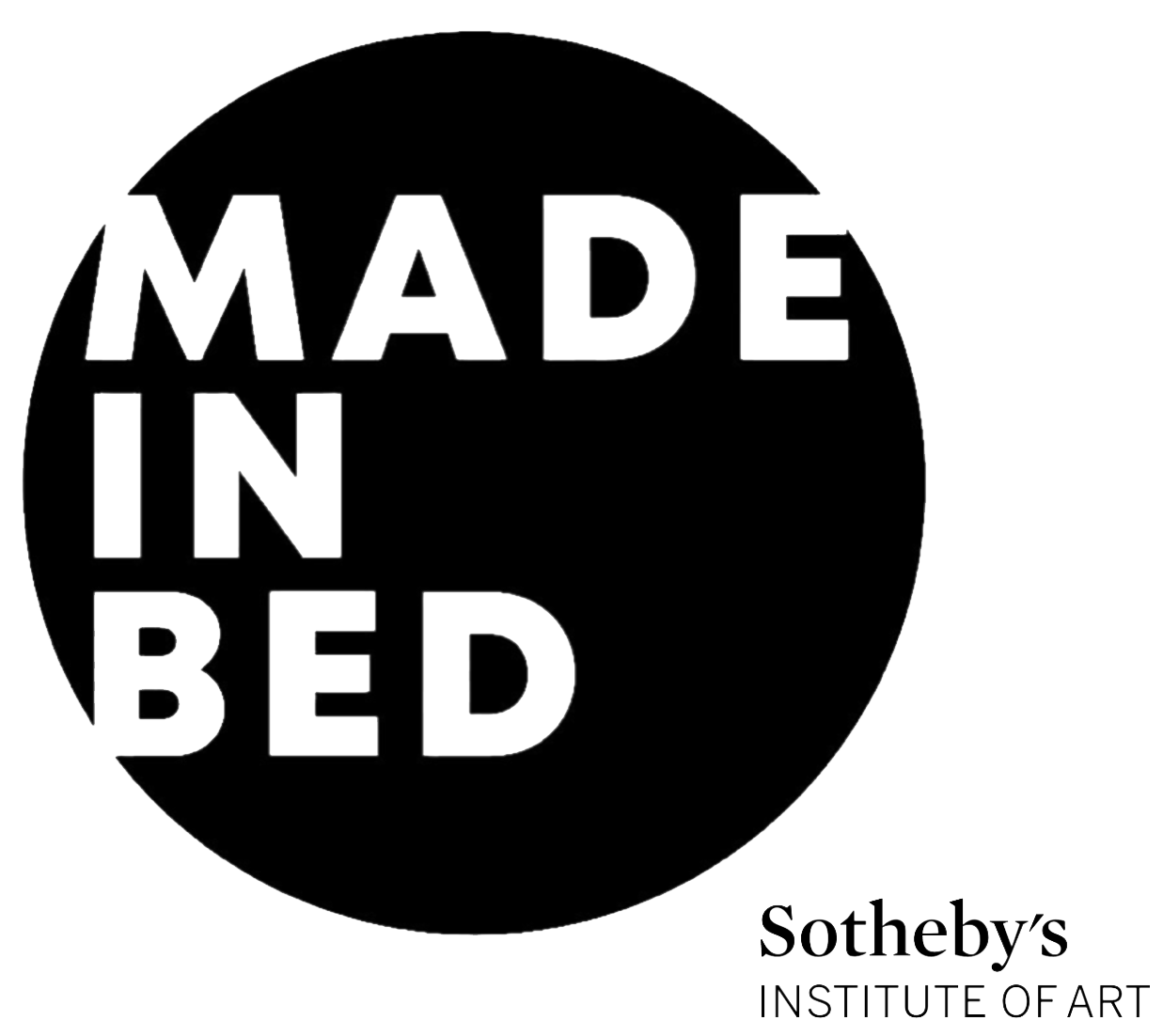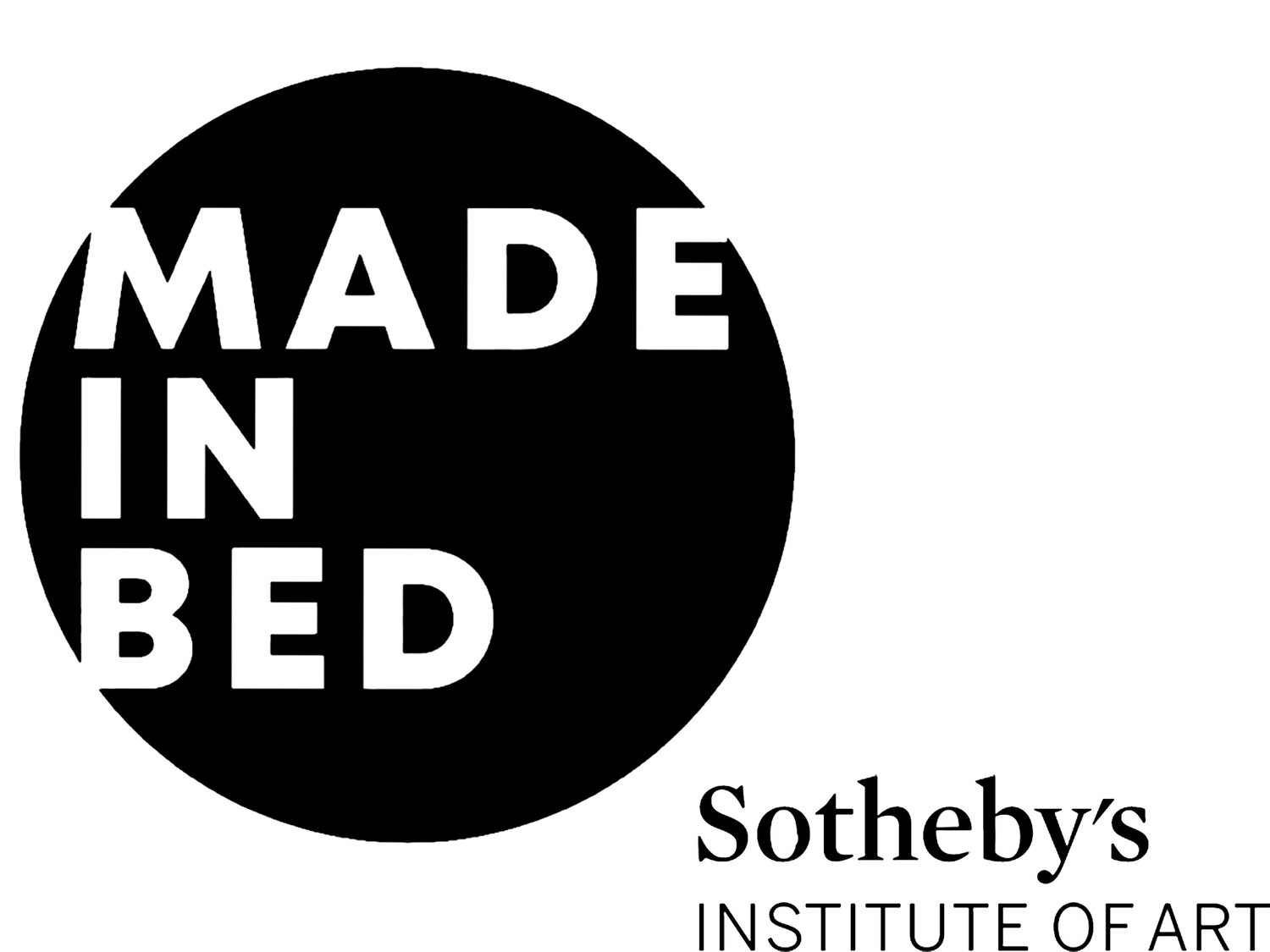Ronyel Compra
Filipino artist Ronyel Compra explores the intricate relationships between memory, territory, liminality, and ownership through a multidisciplinary practice that defies conventional categorization. Working across photography, printmaking, installation, and performance, he seamlessly blends mediums, reimagining the language of art as an evolving space where memory and material perpetually coexist in flux. Internationally recognized through awards and residencies across Asia and Europe—including Gasworks (London), Para Site (Hong Kong), and the Fernando Zóbel Prize for Visual Art (2019–2020)—he also served as a lecturer at the College of Communication, Art, and Design, UP Cebu from 2022 to 2024.
Ronyel Compra, Photo Courtesy: the artist.
“My work explores territories, ownership, and boundaries, shaped by social and political forces. Not directly responding to a particular issue, but understanding my place within the broader struggle over space, identity, power, and history.”
-Ronyel Compra
Born in Northern Cebu, Compra’s artistic sensibilities were shaped by his early immersion in craftsmanship. Growing up in a family of artisans who decorated furniture for export, he was surrounded by the act of making. In a world where commercially made toys were a rarity, he instinctively crafted his own playthings from found materials—revealing an early exploration of form, function, and transformation. This hands-on engagement with materials would later become a fundamental aspect of his artistic practice.
During his time at the University of the Philippines, while the institutional curriculum remained focused on traditional disciplines like painting and drawing, a new wave of young professors was actively experimenting and pushing the boundaries of artistic expression. Compra found himself drawn to this evolving landscape, embracing an avant-garde approach, expanding the very definition of art itself. This shift challenged the long-standing Western hierarchy that separated fine art—seen as an elite pursuit of aesthetic contemplation—from craft, which was valued for its functionality yet placed outside the realm of “high” art.
Ronyel Compra, portrait (jing), 2015. Charcoal on canvas, scratched out surfaces. Photo Courtesy: the artist.
As he reached the end of university, Compra worked as a portrait artist to sustain himself—a practice deeply tied to the idea of leaving a trace, a visual imprint of one’s existence. Later, following the passing of his grandmother, he embarked on a series exploring memory and mourning. Rather than depicting her directly, he turned to the architectural form of her home, imprinting its surfaces in an abstracted manner. For him, the house was more than a structure; it was a vessel of time, a silent witness to shared moments. The act of imprinting became his way of revisiting those memories, transforming absence into presence.
Working with organic materials like buri palm—a species of palm native to Asia and Oceania—he embraced the transient nature of this medium. One that, like memory itself, would gradually fade over time.
Ronyel Compra, Imprinting of grandmothers house (work in progress), 2017. Termite soil rubbings on rafia (buri palm). Photo courtesy: the artist.
“In my early works, I struggled to preserve what was meant to decay—twigs, organic debris—fighting against inevitable deterioration. But over time, I have come to embrace their impermanence. Now, I see beauty in the fact that these things will eventually rot, return to the earth, and not last forever.”
-Ronyel Compra
Over the years, as Compra continued his series, he witnessed the gradual decay of his grandmother’s home. Built with organic materials, traditional Filipino houses naturally shift and erode over time, and hers was no exception—slowly being consumed by termites. Embracing this transformation, Compra collected termite soil, creating pigments that he then rubbed by hand onto buri palm fabric pressed against the building’s surface, capturing its shifting textures.
Buri palm itself, carries deep personal significance for the artist. In his memory, his grandmother wove hats from its fibers to sustain her livelihood. By imprinting the surfaces of her home by hand, Compra’s work becomes an intimate, performative act of mourning—a tactile dialogue between presence and absence, memory and loss. It is not just a documentation of physical erosion but a gesture of remembrance embedded within the material.
Yet, like the house itself, the work will also undergo transformation and eventual decay. If impermanence is the nature of all things, then leaving a mark is an instinctive response to it. His scratching technique—another recurring method in his practice—is inspired by the way animals carve their presence onto tree trunks. These evolving visual interpretations of traces and memory extend beyond the personal, prompting a deeper reflection on how nations inscribe their own claims over land and territory.
"My brother died. And then I found very small markers. You actually need this small property for the body to lay in. And this marker will become territorial markings. For me it's a marker where your property ends. It's also same with how things are divided in. A lot of conflicts in the global in the society and in history as well"
-Ronyel Compra
Ronyel Compra, Imprint of plastic containers found at grandmothers house, 2017. Termite soil rubbing imprint on rafia textile, 60.9 x 60.9 cm (24x24 inches) feet. Photo Courtesy: the artist.
The act of marking territory is not merely a personal gesture; it is a process of constructing collective memory. Compra reinterprets these markings in various forms, continually expanding the meaning of territoriality.
His interest in these themes is deeply intertwined with the history and political landscape of the Philippines. The country was under Spanish colonial rule for over 300 years (from 1565 to 1898), and was subsequently occupied by the United States for 48 years. Even today, geopolitical tensions persist, as China asserts claims over Philippine maritime territories, fueling ongoing territorial disputes. At the heart of these conflicts lies a perspective that views land and sea as objects to be claimed, mapped, and controlled. Throughout history, cartographic markings have served as tools for solidifying power and ownership.
In response, Compra engages in a form of counter-mapping, resisting the notion of territory as a static possession. Instead, he redefines space as something fluid—not merely owned or occupied, but shaped through relationships and lived experiences.
He visualizes this concept through basketball—a sport introduced to the Philippines during American colonial rule. Over time, it has been appropriated and redefined, evolving into the nation’s most popular sport and an integral part of its cultural identity. Both a remnant of imperial history and a reclaimed symbol of contemporary Filipino life, basketball exists in a liminal space—blurring the boundaries between colonial legacy and cultural ownership, foreign influence and local identity.
Ronyel Compra, Barte Well, 2019. Photo of installation view in artists childhood place. Photo courtesy: the artist.
He installs makeshift hoops across various locations, repurposing discarded materials to define new playing spaces. These courts are then mapped by the artist onto Google Maps—yet due to the inherent lag in satellite imaging, they remain invisible in digital space, existing only through lived experience. This temporal and visual gap between physical presence and digital absence is particularly significant, given the historical context in which the colonial gaze has always looked downward, reducing landscapes to cartographic abstractions. Compra seems to deliberately appropriate and subvert this gaze, reconfiguring it through participatory engagement.
By placing basketball hoops as site-specific interventions in public and non-industrial spaces, he transforms them into ephemeral sites of relational exchange and spatial fluidity. These courts do not function as static markers of possession but as social sculptures—constantly shifting through interaction, negotiation, and collective agency. Some remain, others disappear, reshaped by the very communities who engage with them.
Ronyel Compra, Documentation of basketball repurposed as water dipper to fetch water from a well, 2009. Ball transformed into practical object of use much longer after the ball is unsuable in the court. Photo Courtesy: the artist.
This May, Compra will present a new video installation that continues his exploration of basketball and spatial perception. Captured from an aerial perspective, the footage depicts a basketball game from above—only to be projected onto the ceiling of the exhibition space. Viewers will look up to see the players, who appear suspended like constellations in motion.
This shift in perspective aligns with Compra’s ongoing inquiry into territorial markings, spatial occupation, and the individual’s search for place within larger systems. But beyond theoretical exploration, his work not only reflects his own evolving position within contemporary art—a space where he is actively navigating, connecting, and making himself seen, but also raises questions about the ethical responsibilities of artists in shared spaces. His use of found materials acts as a silent political gesture, questioning cycles of consumption, accumulation, and transformation.
“Contemporary art is a space for everyone, though its boundless freedom can sometimes feel disorienting. Through my art, I explore and navigate where I fit within this evolving landscape—an ongoing pursuit to connect, find my place, and contribute to a shared sense of voice and understanding.”
-Ronyel Compra
Ronyel Compra, Imprinting tools, 2022. Termite soil rubbing imprint into rafia textile (buri palm), 365.76x121.92cm. Photo Courtesy: the artist.
Exhibitions and Projects
2024
A Wave in a Second (Solo), GAS Gravity Art Space, Manila, PH
Tactile Mantras (Two-Person Show) with Lui Gonzales, Mono8 Gallery, Manila, PH
Internet Pavilion (Group Show Online), Anima Art Space, Manila, PH o With Nice Buenaventura, KoloWn, Kanade Yagi, Bjorn Calleja, Mona Alcudia Ong, Christina Lopez, Salawaki, Franco Mamaril, Rhaz Oriente, Roger Mond, CMYKA, Jose Olarte
2023
A World of Island (Curated by Ligaya Salazar), Stanley Picker Gallery, Kingston, London, UK o With Stephanie Comilang, Derek Tumala, Carol Anne McChrystal, Alex Quicho
Lasts Longer Than (Solo), Mono8 Gallery, Manila, PH
Parched Earth Ardent Spring (Group Show), Vargas Museum, Manila, PH o With Ambie Abaño, Virgilio Aviado, Imelda Cajipe-Endaya, Rey Concepción, Brenda V. Fajardo, Ofelia Gelvezon-Tequi, Caroline Ongpin, Henrielle Baltazar Pagkaliwangan, Anton Villaruel, Pam Yan-Santos
2022
Pouring a Million Earth into a Hollowed Star (Pagbubo ug Pugyot nga Yuta sa Hawang nga Bitoon) (Solo), KalawakanSpacetime, Quezon City, Manila, PH
The Hem of a Long Conversation (Curated by Con Cabrera), The Drawing Room Gallery, Metro Manila, PH o With Imelda Cajipe Endaya, Zeus Bascon, Diokno Pasilan, Marita Ganse, Tanya Villanueva, Greys Lockheart, Denver Garza
2021
Pagkalimot sa Laing Paaging Pagtalidhay (Solo), Mono8 Gallery, San Juan, Metro Manila, PH
Kalibunan 2, Qube Gallery, Cebu City, PH
2020
Kalibunan (Group Show), Mono8 Gallery, Metro Manila, PH o With Issay Rodriguez, koloWn, Bitto, Lorena Balina
Observatory (Two-Person Show) with Ginoe Ojoy, Altro Mondo / The Picasso, Metro Manila, PH
2019
Ateneo Art Awards 2019, Exhibition of Works, Arete (Ateneo Art Gallery), Metro Manila, PH
Imprints of Lola’s House, Fundacion Sanso, Metro Manila, PH
Ratio of 1:1 (Solo), 98B Collaboratory / 98B HUB, Escolta, Manila, PH
2017
Lakra (Solo), 856 G Gallery, Cebu City, PH
2012
Fast Drying (Solo), 856 G Gallery, Cebu City, PH
Grants and Residencies
2025
Artist Residency, Gasworks, London, UK
2023
Artist Residency, AIR-H, Hachinohe City, Aomori Prefecture, Japan
Artist Residency, SEA Air Cycle 2 (Shortlisted), Center for Contemporary Art, Singapore
2022
Artist Residency, Bellas Artes Projects Residency, Makati and Bataan, Philippines
2021
NO EXIT Grant for Unpaid Artistic Labor, Para Site, Hong Kong
2019-2020
Ateneo Art Awards - Fernando Zobel Prize for Visual Art, Ateneo Art Gallery, Philippines
Professional Affiliations
Faculty of Fine Arts (Lecturer) , CCAD UP Cebu, Philippines 2022 - 2024
Artist Talk SOAS University London “Future discard” SOAS Gallery , March 2025
Personal Details
Born: 1985, Cebu, Philippines
Lives and works in: Bogo City, Philippines
Learn more about Ronyal Compra on Instagram.
Jiwon Ko
Emerging Artist Co-Editor, MADE IN BED








